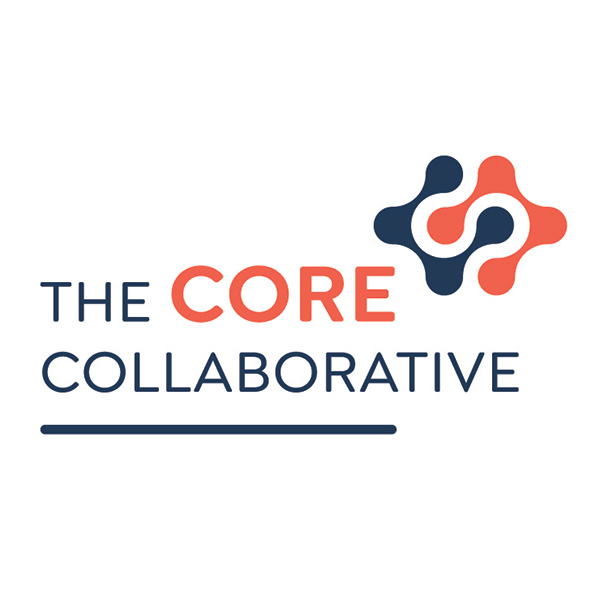In the realm of education, learner-centered leadership is essential for fostering an inclusive and culturally responsive learning environment. Learner-centered leadership embraces the diversity of students and educators alike, acknowledging the importance of empathy, understanding, and the pursuit of equitable opportunities for all.

Becoming a Lead Learner
At the heart of culturally responsive learner-centered leadership lies the concept of being a lead learner. Leaders who embrace this mindset actively engage in continuous learning, demonstrating humility and vulnerability in acknowledging that knowledge and expertise can be found throughout the educational community.
- Embracing Humility: Leaders practicing lead learning understand that they don’t have all the answers. They actively seek input from students, teachers, parents, and the wider community to co-create meaningful and culturally relevant educational experiences.
- Promoting Professional Learning: Culturally responsive leaders prioritize ongoing, job-embedded, professional learning for themselves and their staff. They recognize that investing in their collective growth leads to improved instructional practices that honor diverse learning styles and cultural backgrounds.
- Encouraging Curiosity: Lead learners cultivate a culture of curiosity and inquiry, encouraging students and staff to ask questions, challenge assumptions, and explore new perspectives. This fosters an environment that celebrates learning and diversity.
- Employ Lasting Systems: Well-designed, responsive systems impact teaching and learning beyond the tenure of a single effective leader. Assessing and refining systems enables present and future lead learners to meet the changing needs of educators, students, and families.
Asset-Centered Leadership
Culturally responsive learner-centered leaders adopt an asset-based approach, focusing on the strengths, talents, and potential within the school community, rather than dwelling on deficits or challenges.
- Recognizing and Valuing Diversity: Leaders who embrace asset-based leadership celebrate the rich diversity present in their school community, seeing it as a source of strength and potential for growth rather than a hindrance.
- Leveraging Cultural Capital: Asset-based leadership involves tapping into the cultural capital that students and staff bring from their backgrounds. This capital can enrich the educational experience and lead to innovative teaching practices.
- Designing an Asset-Based Curriculum: Leaders design a curriculum that honors the cultural backgrounds of their students while integrating diverse perspectives. This empowers learners to connect with their heritage and identities, leading to improved engagement and academic success.
Relational Literacy
Culturally responsive learner-centered leaders prioritize relational literacy, which involves developing a deep understanding of the diverse cultures within the school community and fostering meaningful relationships.
- Active Listening and Empathy: Relational literacy begins with active listening and empathy. Leaders take the time to understand the unique experiences, challenges, and aspirations of students, staff, and parents from various cultural backgrounds.
- Creating Inclusive Spaces: Leaders collaborate to create safe and inclusive spaces where students and staff feel seen, heard, and valued. This includes promoting cultural celebrations and awareness activities to foster a sense of belonging.
- Addressing Bias and Microaggressions: Leaders confront bias and microaggressions within the school community promptly and decisively. They promote open conversations about these issues, leading to a more inclusive and respectful environment.
Putting Learners at the Center
Culturally responsive learner-centered leadership is a powerful approach to education that centers on empathy, equity, and self-empowerment. By embracing the role of a lead learner, adopting an asset-based perspective, and cultivating relational literacy, educational, learner-centered leaders can create a dynamic and inclusive learning environment where all students and staff can thrive. Through this transformative leadership style, we can pave the way for a brighter, more inclusive future for education, breaking down barriers and building bridges of understanding in our increasingly diverse world.
Learn more here!

